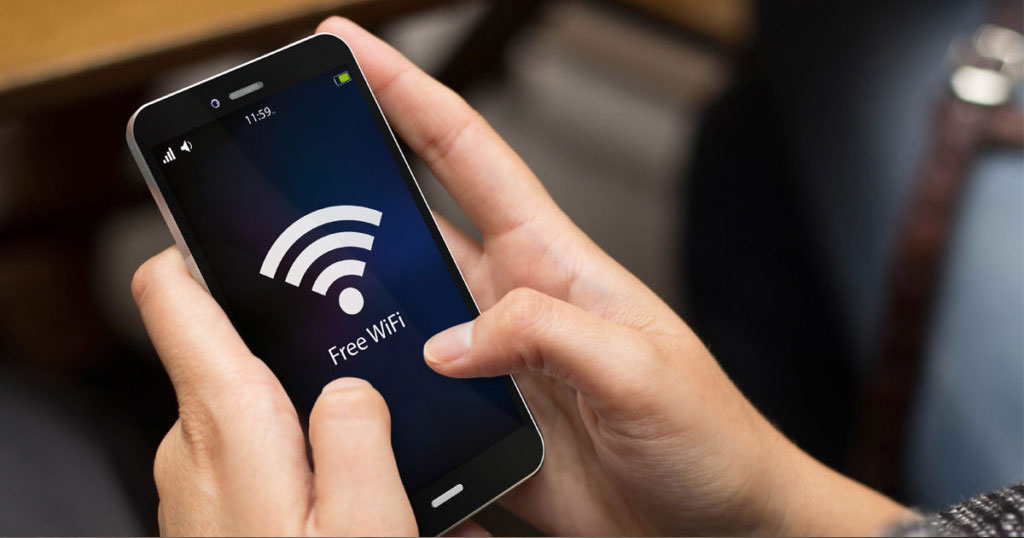How Safe Are Public Networks?

Public networks are found practically everywhere you go, and it seems that everyone uses it without question. So, it must be safe right? Unfortunately, no. 87% of people admit to taking security risks while on public networks. Public networks gives access to hackers to use Man-In-The-Middle (MitM) to retrieve account information used on unsecure web browsers.
According to Norton Wifi Risk Report Page (18) - that was released in june of 2016:
While using public WiFi:
- 22% of respondents have accessed bank/financial information
- 56% of consumers have logged into their social media accounts
- 38% have shared photos or videos
- 58% of people have logged into a personal email account
What you need to know
There are two types of websites you should be aware of: First one is HTTP, this type of website is unsecure and is the best way hackers can retrieve information. It’s best to refrain from entering any personal information on these types of websites, especially on a public network like a café. The second type of website is HTTPS. This type of website IS secure. Websites with HTTPS are a safe place to enter personal information. Be aware though, no security system is perfect.
How to determine if the website is secure?
Take a look at the URL in the search box. The very beginning of the URL will either have a HTTPS or HTTP. As we suggested before, personal and important information should only be entered in HTTPS websites to ensure your security. Another thing to consider is the spelling of the websites. There are websites out there that are spelled slightly different from the actual website you think you are on. These websites can also have HTTPS, so it is important to check the spelling of the URL and the HTTP/S.


Make sure to check out our Helpful Articles
Follow us on Facebook @TheComputerGuild to stay up-to-date on everything you need to know about computers.
